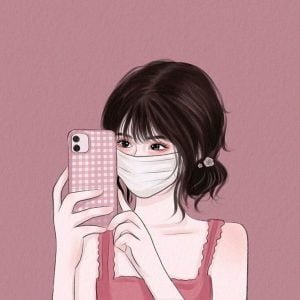Modal is a semi-synthetic fabric adored for its softness, ease of care, and—more importantly—biodegradability. Because the fabric is quite breathable, it is often used in garments designed for comfort, such as underwear, pajamas, activewear, and bedding.
Modal is a type of rayon, similar to viscose and lyocell, but it undergoes a different manufacturing process. First developed in the 1950s, modal is part of a second generation of rayon known as “high wet modulus rayon,” making it more resistant to shrinking and stretching when wet compared to traditional or viscose rayon.
The first company to sell modal fibers, Austria-based Lenzing, is known as an early adopter of environmentally friendly processes and materials (the company’s facilities are even largely energy self-sufficient).
Modal begins with cellulose, a material found within the walls of plant cells that helps them remain stiff and upright. Most modal comes from beech trees, which are harvested and chipped before cellulose is extracted from the pulp. This cellulose is then treated with various chemicals before being turned into fibers and eventually yarn. Modal can also be added to other fabrics and takes dye well.
Viscose and modal share a similar production process, but modal is treated slightly differently to make it more durable, softer, and shrink-resistant: Its fibers are stretched further, increasing the molecular alignment.

Environmental Impact
The environmental impact of modal depends on a number of factors, including the manufacturer, the source of pulp for cellulose, the types of chemicals used to bleach the pulp, how wastewater is treated and released, and how the fabric is dyed.
Modal ultimately comes from plants, which are, of course, biodegradable, but it is also treated with chemicals and typically also dyed. The potentially toxic nature of some elements of the production process could impact how sustainable it is to dispose of at the end of its life. The Lenzing company uses a spin-dyeing process on modal fabrics, meaning that the cellulose mixture is dyed before being turned into individual fibers. This method results in significantly less pollution than conventional dyeing, in which the finished yarn is dyed.
One study on the environmental impact of colored fabrics found that the cradle-to-gate production of spun-dyed modal fabric uses 50% less energy and has a 60% lower carbon footprint. It also requires only half the water and creates half the environmental impact of conventionally dyed fabric
In addition to being better for the environment, integrating spin-dyeing into the modal production process has also been shown to create future sustainable value. Producing modal uses less water in general when compared to natural fabric, like cotton, because it comes from beech trees, which require much less water than cotton plants. Other common sources of cellulose for fibers include bamboo and eucalyptus
The Future of Modal
Continued developments in the production of modal have led to a new, more sustainable cellulosic fabric—lyocell. Originally trademarked as Tencel by the Courtaulds company in the mid-90s, Lenzing now owns the trademark. Lyocell uses primarily organic chemicals, and the solvent and water can be recycled after manufacturing. The production chemicals used are also biodegradable, and wood scraps leftover from cotton production are being used to make pulp, further minimizing the environmental impact of this process.
Modal and other semi-synthetic fabrics may also be used as a substitute for silk, with research showing that fibers made from modal and bamboo are comparable in terms of stiffness and drape. This could allow regions that rely on silk fabric exports to produce it more cheaply while maintaining quality, helping alleviate poverty and potentially preserving regional designs and artistry in rural areas


